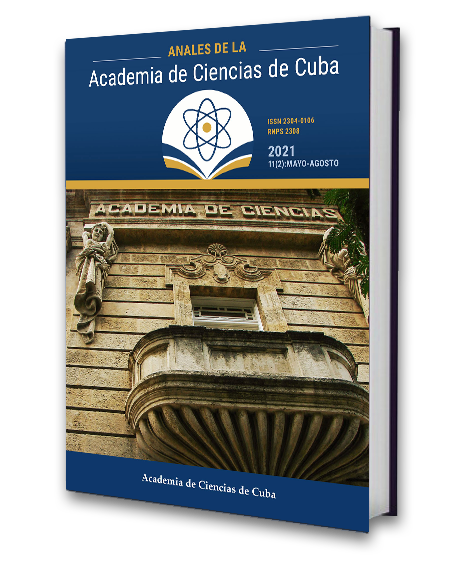Neural plasticity mechanisms involved in the spatial memory recovery by basolateral amygdala stimulation in fimbria-fornix lesioned animals
Keywords:
amygdala, neural plasticity, hippocampus, prefrontal cortex and functional recoveryAbstract
Introduction: Recently, we have obtained experimental evidence that electrical stimulation of amygdala 15 min after a spatial memory task can facilitate spatial learning in memory impaired animals with fimbria-fornix lesion. Objectives: to study the neural plasticity mechanisms involved in the functional recovery in the fimbria-fornix lesioned animals triggered by basolateral amygdala electrical stimulation.Methods: Proteins and genes related to neural plasticity were measured in the hippocampus and prefrontal cortex of fimbria-fornix lesioned male rats after four days of training in the water maze and stimulation of the basolateral amygdala.
Results: We found that amygdala stimulation increases hippocampus BDNF (Brain Derivated Neurotrophic Factor) levels in the lesioned animals, suggesting that BDNF is one of the critical mechanisms that promote the spatial memory recovery. Also, we have demonstrated that plasticity-related-genes such as bdnf and arc are probably involved in the restoration of lost functions in fimbria-fornix lesioned animals with amygdala stimulation. Moreover, the amygdala stimulation increases transiently c-Fos protein expression in cells of dentate gyrus of the hippocampus and the prefrontal cortex. Furthermore, we have provided data showing that amygdala stimulation induces an increase in MAP-2 (Microtubule Associated Protein-2), which is an indicator of dendrite growth and also of GAP-43 (Growth Associated Protein-43), which is an indicator of axonal growth in the prefrontal cortex and hippocampus. Conclusions: Consequently, the amygdala stimulation is able to activate brain regions relevant to memory processes and activate all forms of neural plasticity, leading to neurological restoration.
Downloads
Downloads
Published
How to Cite
Issue
Section
License
The journal Anales de la Academia de Ciencias de Cuba protects copyright, and operates with a Creative Commons License 4.0 (Creative Commons Attribution-NonCommercial License 4.0). By publishing in it, authors allow themselves to copy, reproduce, distribute, publicly communicate their work and generate derivative works, as long as the original author is cited and acknowledged. They do not allow, however, the use of the original work for commercial or lucrative purposes.
The authors authorize the publication of their writings, retaining the authorship rights, and assigning and transferring to the magazine all the rights protected by the intellectual property laws that govern in Cuba, which imply editing to disseminate the work.
Authors may establish additional agreements for the non-exclusive distribution of the version of the work published in the journal (for example, placing it in an institutional repository or publishing it in a book), with recognition of having been first published in this journal.
To learn more, see https://creativecommons.org






